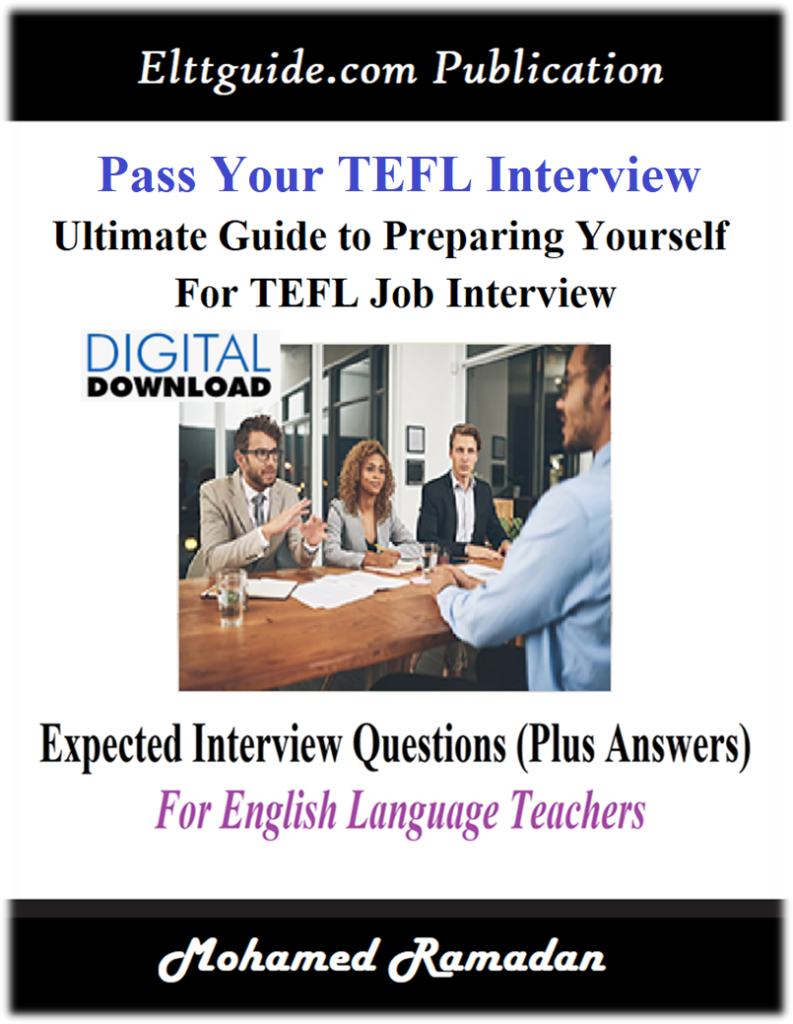Subscribe to My Newsletter
Affiliate Disclosure
This website might have affiliate links, and if you buy something by clicking on them, the website owner could earn some money. To learn more, read the full disclosure.

Articles Categories
- AI Tools
- Back To School
- Brain-based ELT
- Classroom Management
- CLT Communicative Language Teaching
- Correcting Mistakes
- Courses
- Develop Students' Speaking Skills
- Developing Critical Thinking
- Developing Life Skills
- ELT Snippets
- ELTT Questions & Answers
- For IELTS Exam
- Guest Posts
- Job Interview Preparation
- Lanaguage Teaching Approaches
- Learning How to Learn
- Lesson Planning
- Lesson Plans
- Low Achiever Students
- Motivation
- Online Courses
- Premium Content
- Printables Library
- Professional Development
- Publications
- Talk on Supervision
- Teach Conversations
- Teach Grammar
- Teach Language Functions
- Teach Listening Activities
- Teach Pronunciation
- Teach Reading
- Teach Vocabulary
- Teach Writing
- Teacher Wellness
- Teaching Aids
- TEFL Essential Skills
- TEFL to Young Learners
- TESP
- Testing and Assessment
- The ELT Insider
- Uncategorized
- Using Technology in EFL Classes











You must be logged in to post a comment.